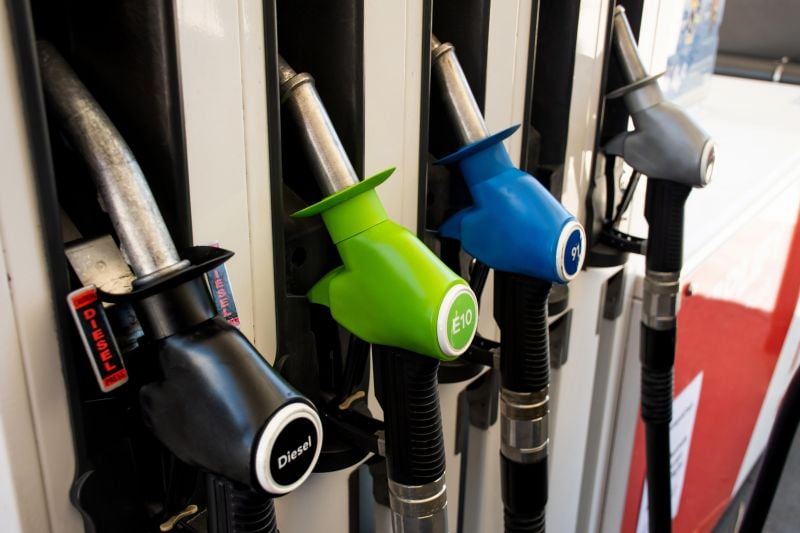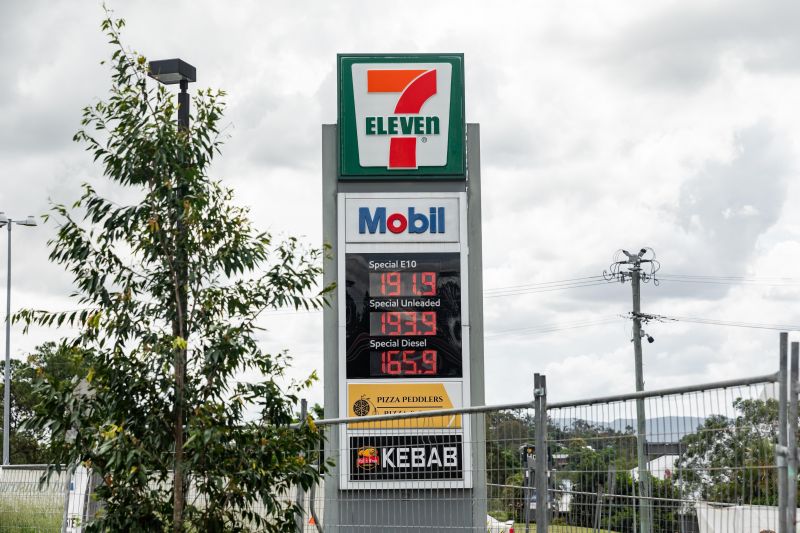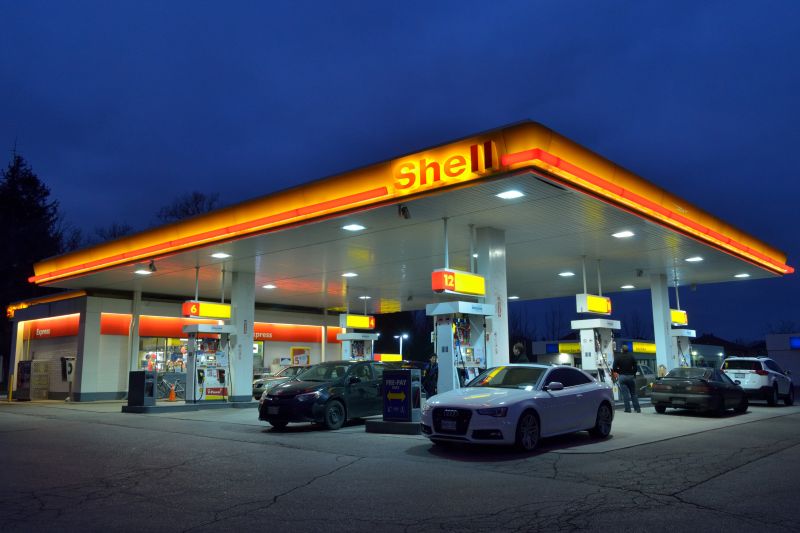Petrol prices were lower in the first quarter of 2024 in Australia’s five largest cites than the last three months of 2023, but they went right back up in April.
That’s according to the Australian Competition and Consumer Commisssion (ACCC), which has published pricing information in its latest quarterly petrol monitoring report.
In the first quarter of 2024, the average retail petrol price across Sydney, Melbourne, Brisbane, Adelaide and Perth was 193.2 cents per litre for 91 octane unleaded.
This was down 1.7 cents per litre from the fourth quarter of 2023, where it sat at 194.9 cents per litre.
Diesel fuel prices averaged 195.7 cents per litre for the quarter, down 12.3 cents per litre on the previous quarter.
Owners of petrol-powered vehicles in Perth had some relief, with average petrol prices declining for the quarter by 4.1 cents per litre.
Brisbane residents weren’t as lucky – prices in the Sunshine State were up by an average of 1.4 cents per litre, with an average price of 200.0 cents per litre making it the most expensive of the major five cities to fill up, albeit still cheaper than Canberra (202.0 cents per litre).
April brought worse news for drivers, with the seven-day average retail petrol price across the five cities moving to a record high of 215.2 cents per litre.
Petrol prices have been more expensive in the past when adjusted for inflation, but 215.2 cents per litre was nonetheless a nominal record high.
The ACCC says the decline in average petrol prices coincided with a narrower gap between average retail prices for petrol and average wholesale prices.
In the first quarter of 2024, this gap was sitting at 15.1 cents per litre, which the ACCC says is around pre-pandemic levels in real terms.
“Daily average retail petrol prices increased across the five major cities in April following increases in international refined petrol prices and as petrol price cycles in several cities moved towards the highest point of the cycles,” ACCC Commissioner Anna Brakey said.
As is typically the case, global factors influenced international oil prices.
In this case, conflict and geopolitical tension in the Middle East, a rise in attacks on energy facilities in Russia and Ukraine, and threats to shipping lanes in the Red Sea drove an upward trend in crude oil prices.
The ACCC notes there’s a regular cycle with petrol prices in Australia’s largest capital cities, with pricing steadily decreasing for a period and then sharply increasing – a phenomenon that doesn’t occur in smaller cities like Canberra, Hobart and Darwin.
In 2023, the average duration of price cycles was around six weeks in Sydney and Melbourne, seven weeks in Brisbane, and just two weeks in Adelaide.










